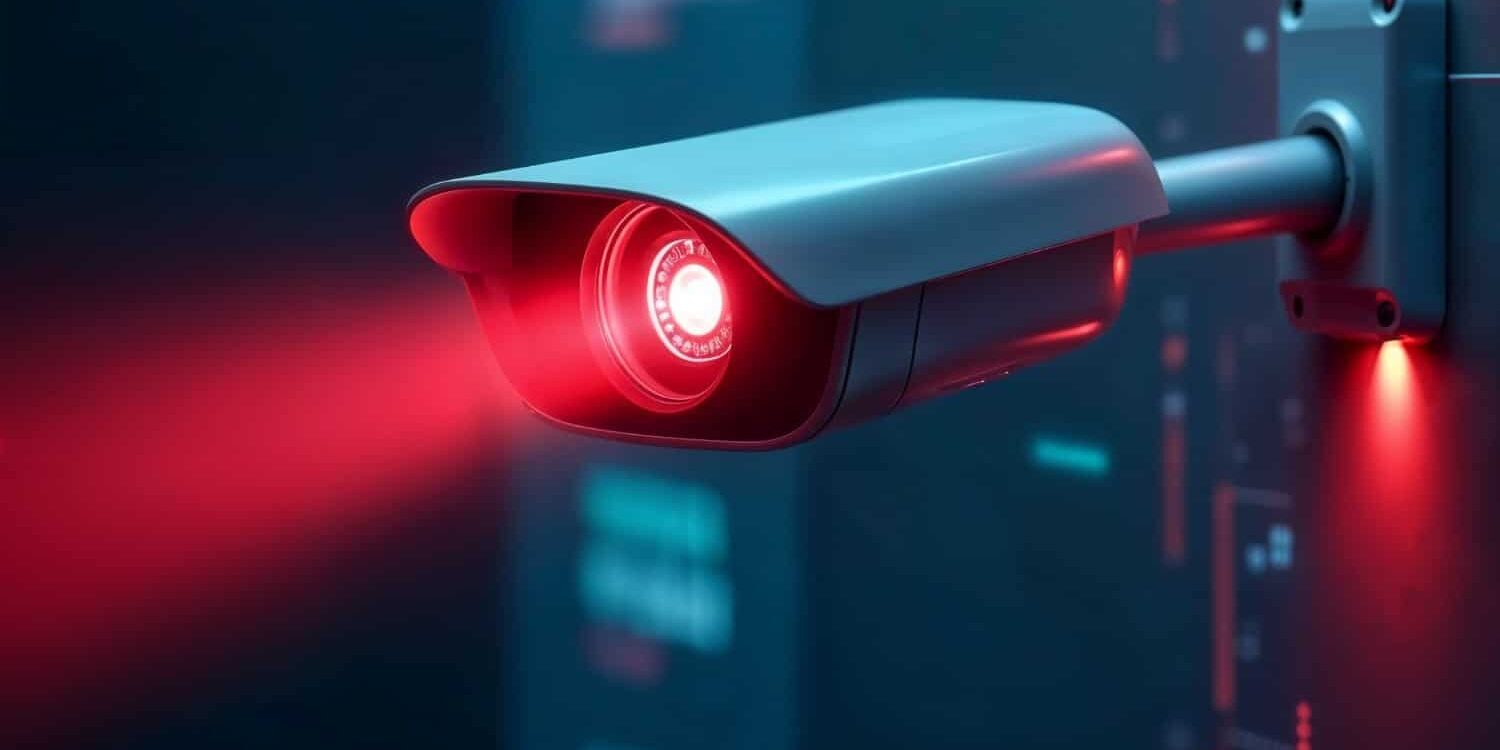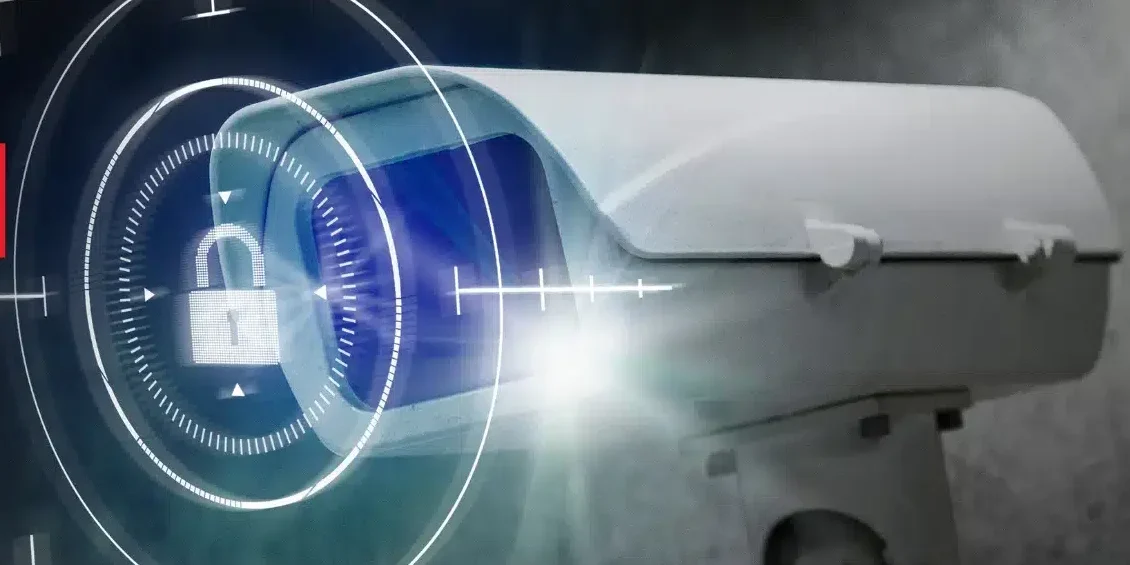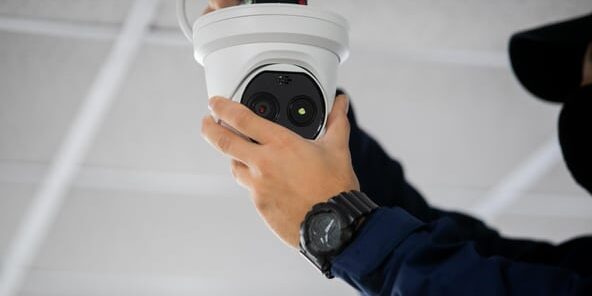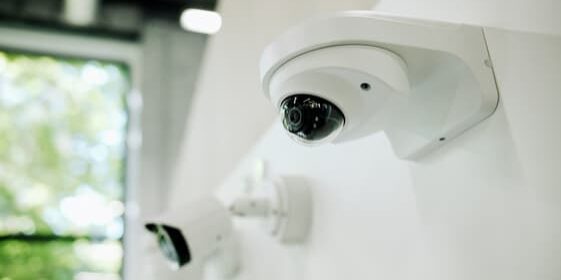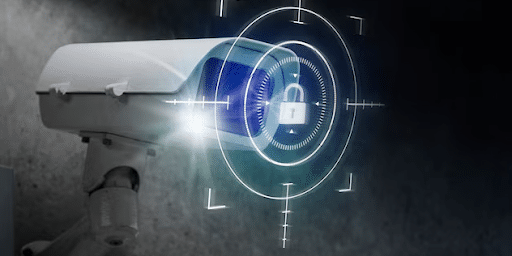Government cybersecurity solutions and cybersecurity engineering services that meet NIST and DoD RMF requirements.
Does your staff/guest/SCADA network meet rigorous U.S. Federal government National Institute of Standards and Technology (NIST) and Department of Defense (DoD) Risk Management Framework (RMF) requirements? If not, Resolute Partners has the cybersecurity solutions your agency organization needs. We have a proven track record of providing advanced systems and cybersecurity engineering expertise to U.S. government agencies nationwide who are seeking to design, install, and secure mission assets.
Resolute Partners' cybersecurity engineering and information security expertise help government entities achieve maximum data protection.
As part of our cybersecurity services, our team evaluates network security and implements the safeguards needed to maintain a high level of data protection. These safeguards reduce the risk of a breach or data loss. The cybersecurity solutions we recommend meet the strict standards required for RMF certification.
First, we design and deploy systems quickly and effectively using proven streamlined processes. Additionally, we secure those systems following established RMF criteria. Finally, we help safeguard ongoing mission-critical operations through continuous monitoring solutions.
Ultimately, our cybersecurity engineering processes and tools strike the right balance between protection and performance.
Need government cybersecurity expertise and a solution that complies with Federal NIST, RMF, and UFC requirements?
The Government Cybersecurity Challenge
Industrial and process control systems typically use non-proprietary software and products. As a result, they are vulnerable to the same cyber threats that affect commercial computer networks. These systems, along with the increasing presence of IoT devices, are central to critical infrastructure. Any failure or security breach can disrupt services and cause major outages.
Staff and Guest Wireless networks have replaced many traditional wired networks. While faster to deploy and less expensive, these wireless networks create different challenges. The addition of VOIP communications systems adds further points of vulnerability.
Gaining an Authority to Operate (ATO) through RMF can be lengthy and difficult. Ongoing compliance for Continuous Monitoring can overwhelm many agencies or companies.
NIST, RMF, and UFC-compliant government cybersecurity solutions.
Resolute Partners is NIST SP 800-171 compliant, and our cybersecurity solutions follow DoD RMF processes. As part of our cybersecurity services, we provide intelligent risk analses, options for mitigation, proper documentation, and ongoing programs to keep networks secure.
We also follow DoD UFC criteria for Cybersecurity of Facility-Related Control Systems and include cybersecurity in the design and construction of control systems. Our team has completed multiple projects for government entities, including the engineering, installation, and certification through ATO for 6 wireless networks with over 500 access points.
These networks included authentication to an existing Active Directory environment, as well as secure onboarding of visiting guests and contractors. We are currently working on ATOs for energy management control systems on military installations that support residential, industrial, and microgrid facilities.






